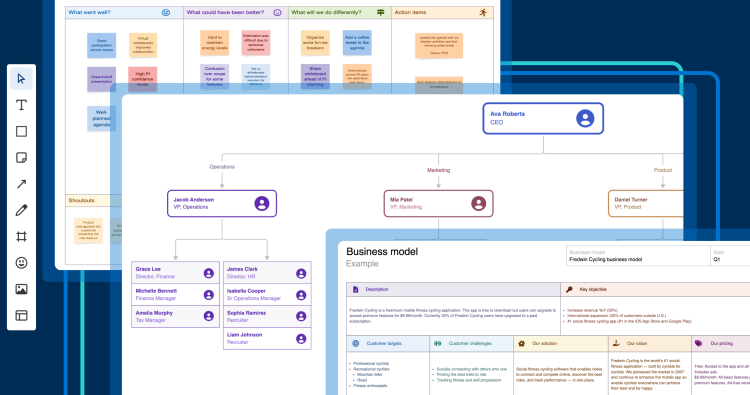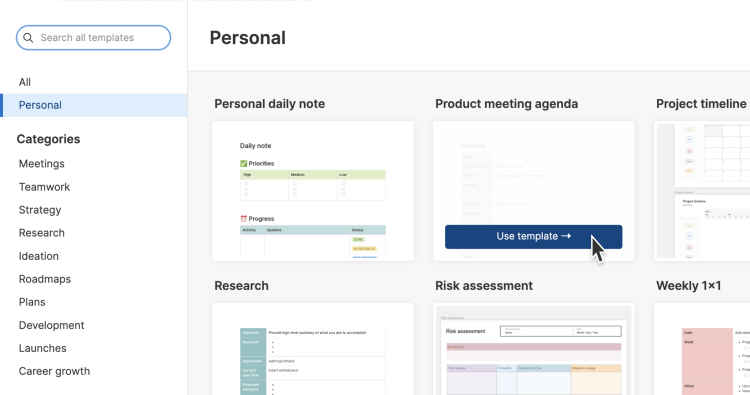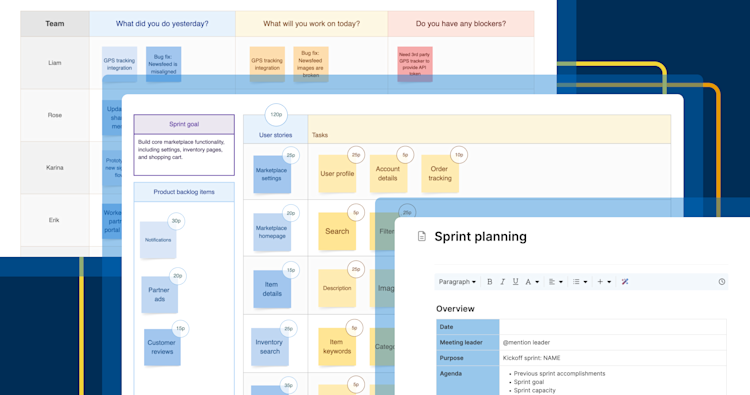
These sprint planning templates in Aha! software help you agree on and organize upcoming development work.
5 new templates for sprint planning
Sustained effort and small victories. That is how you build something meaningful. It is why scrum and other agile development teams rely on sprints to ensure a predictable cycle of productivity. You want to deliver tangible value each increment — so proper planning is essential.
Sprints set the pace of product development. Having a goal in mind, an agreed-upon body of work, and a plan for completing it are core to every sprint's success.
Sprint planning meetings are a scrum event for defining what can be delivered and how the work will be implemented. Beyond deciding what the team will work on, you also need to understand how the work aligns with your product roadmap. Once the initial sprint plan is set, daily standups, sprint reviews, and retrospectives help keep the team accountable to the plan.
It all sounds fairly methodical. But it is not always straightforward in practice. Unclear goals, scope creep, improper resource allocation, and miscommunication — these are real challenges that can impair progress. Taking a step back to evaluate how you plan and carry out sprints is a good start for addressing these breakdowns.
Plan better sprints using new note and whiteboard templates in Aha! software.
Here are five templates you can use right now:
1. Sprint planning meeting template
Bring everyone together. This sprint planning meeting template gives you a central place to define goals, set a meeting agenda, and address recent accomplishments and hurdles. @Mention attendees and link to work items in Aha! Roadmaps to give the team context as you move through your meeting.
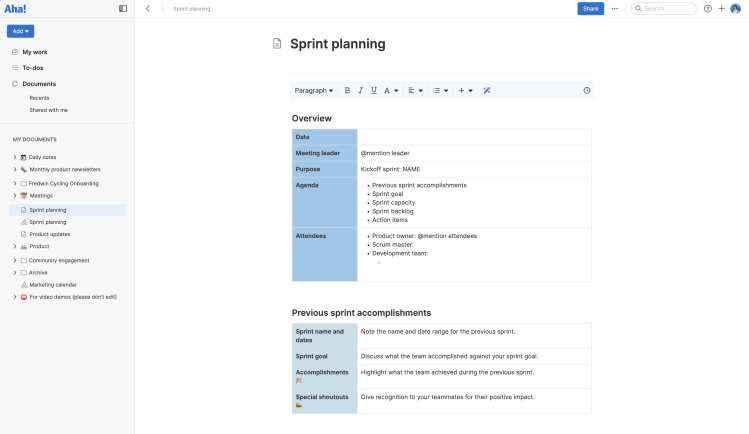
Use the template as designed or customize it to simplify sprint planning meetings.
2. Sprint planning whiteboard
Align on priorities. Use the sprint planning whiteboard template to formalize your sprint goal and identify which user stories, features, or tasks from your product backlog support that goal. You can pull user stories from your backlog onto the whiteboard or create new sticky notes as you go. Any newly created sticky note can also be converted into a user story — so you can add it to your backlog or directly to your roadmap. (Watch this video to see how to move from your whiteboard to a roadmap and back again.)
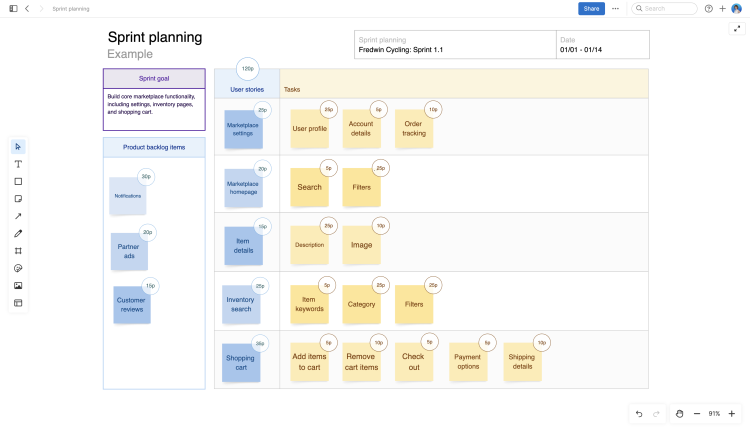
Collectively commit to the work you will accomplish.
3. User story template
How do you define user stories? This user story template gives you four formats: simple, epic, thematic, and Scaled Agile Framework®. It is useful for outlining the "who,” “what,” and “why” behind what you are planning. You can use it as a standalone note template, but it becomes even more powerful when you embed it in an Aha! record — so it is situated alongside the actual work. (Looking for a more dynamic way to picture the user's journey? Try the user story map.)

Four templates in one makes it easy to find the version that is right for you.
4. Daily standup meeting template
Monitor progress. Add details about what you have completed, are working on, or are blocked by in this daily standup meeting template. Having a visual record makes it possible to quickly exchange information and spot repeat issues.

Add notes in advance of your standup to boost efficiency.
5. Sprint retrospective template
Keep improving. At the end of each sprint, hold a sprint retrospective to reflect on what went well and what could be better. Collaborative elements — such as inline comments and emojis — help guide the conversation.
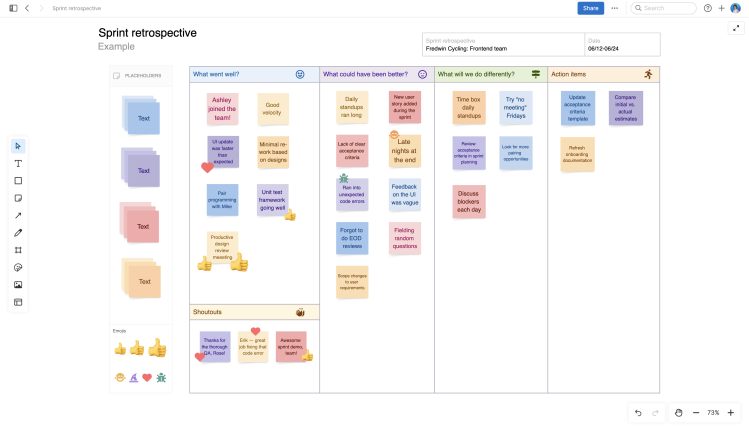
Give everyone an opportunity to contribute and explain their thinking.
No matter which note or whiteboard you are working from, you can convert your ideas, sketches, or text-based items into real work in Aha! Roadmaps.
Get even more inspiration by visiting our template library. There, you can find 100+ templates for every stage of product development — with guidance on how to use each one. Or create a custom template to match the way you work.
Start a free trial today
Guided templates are available to all Aha! customers. Our suite of product development tools works seamlessly together to help teams turn raw concepts into valuable new capabilities — for customers and the business. Set strategy, crowdsource ideas, spark creativity, prioritize features, share roadmaps, manage releases, and plan development. Sign up for a free 30-day trial or join a live demo to see why more than 700,000 product builders trust our software to build lovable products and be happy doing it.

